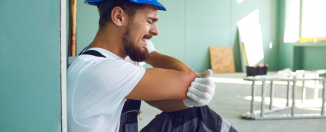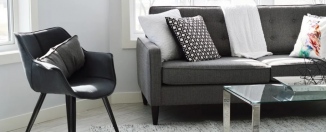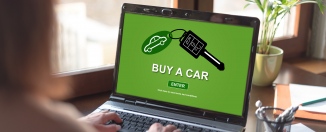How To Create An Amazing Product Label
Product labels are an incredibly important part of marketing. No matter how amazing the product is, if the label doesn’t give it justice, people simply won’t try it.
There aren’t any set rules when it comes to creating a label for a product, and there are lots of different choices when it comes to the design process. However, certain tips, tricks and guidelines can help you create a label that will show a product off properly, enabling you to sell more and inevitably make more money.
Here are some tips to help you create an amazing product label:
The Right Software/ The Right Company
If you’re designing your label in-house you must make sure the right software is being used in order to design a great label. There is an excellent range of software packages on the market for you to choose from. If you have someone with the right skillset to design your label, they should be able to give you a good idea of what is available to use. Generally, the more flexible the software the better as your needs will change as you adjust your design. Printers will also work with different file formats so you need to bear that in mind when you’re saving or exporting your artwork. If you’re outsourcing the label design spend as much time as you can find the right company – this is an exceptionally important job.

The Colours you use are Important
The colours you use on your product label are of paramount importance and they will make a difference when it comes to product appeal.
Consider the following when it comes to colour:
- What colour is the product itself – the colour of the label needs to enhance the product not work against it.
- Are the colours you using going to stand out amongst competitors?
- Are you following all guidelines? You might be following traditional guidelines, IE; red and yellow encourage consumers to buy, but does that work for your product?
- Do the colours work at your level of target consumer? Certain tones and colours are used on more ‘high-end’ products. Consider your target consumer group when choosing your colour palette.
What Type of Colour Printing are you Using?
There are two main types of digital colour printing. The first is spot colour which is where you can only use up to three single colours. This type of printing is cheaper and may work for your product, but it is incredibly restrictive when it comes to colours. The second type is full colour printing, which is where you are able to use any colours you want in order to produce your self-adhesive digital labels. If you’re using a photo on your label you will need to use this type of printing.
What Type of Writing do you Want to Use?
Consider your font choice carefully. You do not have to use traditional fonts and you shouldn’t – they just won’t stand out. The font should reflect your brand, so if your brand uses a particular font for marketing, that should be used in the product label. If you don’t have a font for your brand yet, consider a font that works with the personality of your product. The font should also be clearly visible from a few feet away and up close.
The Product Identity Needs to be Clearly Visible
The company name or product name needs to be clearly visible and it needs to be the first thing a customer notices when they look at the label. You have a few seconds to be noticed and remembered by a consumer, so make sure your brand is strong at first glance.
Make Sure the Material is Right
Make sure the material your label is printed onto is right. So combine your label design with the colour of the product and ensure the material works with both of those. Transparent labels can be useful if you want the colour of the product to shine through the label, and a light colour can be useful in making your label design stand out. Don’t be afraid to try different label colours against the product itself to check if it stands out enough or blends in enough.
These are just a few tips to help you design an amazing label. Remember to take your time and adjust as and when you need to. With digital printing it is easy for you to do a short run for samples, so take advantage of that and test, test, test before you decide on your final design.





